Figures & data
Figure 1 Experimental set-up used in the instrument evaluation to study mass size distributions of polydisperse aerosols.
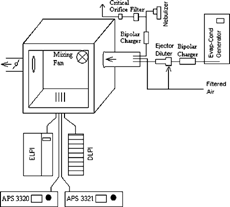
Figure 2 Set-up used for calibration of the ELPI unit with monodisperse particles for 0.15–0.7 μ m particles (left) and 0.8–4 μ m particles (right).
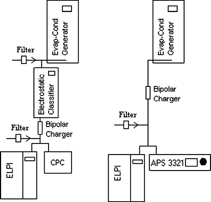
Figure 3 (a) Input current distributions (equal mass) and simulated ELPI current distributions. E Sec.Small included in the Kernel functions. (b) Input mass distributions and corresponding simulated ELPI mass distributions evaluated at the geometrical midpoints of each impactor stage, assuming rectangular collection efficiency functions. E Sec.Small excluded. (c) Input mass distributions and corresponding simulated ELPI mass distributions evaluated at the geometrical midpoints of each impactor stage. Effect of including E Sec.Large is demonstrated. E Sec.Small excluded. (d) Input mass distributions and simulated DLPI distributions evaluated at the geometrical midpoints of each stage. E Sec.Small included in the used Kernel functions.
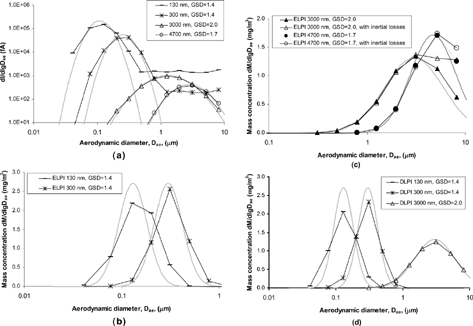
Figure 4 Experimentally determined charger efficiency and fit according to the calibration performed in this study, compared to previously recommended fits.
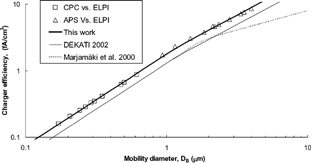
Figure 5 (a) Representative time series of a coarse mode experiment. Total mass concentration calculated with the software of each instrument. (b) Representative time series of a coarse mode experiment. Geometrical mass mean diameter, calculated with the software of each instrument.
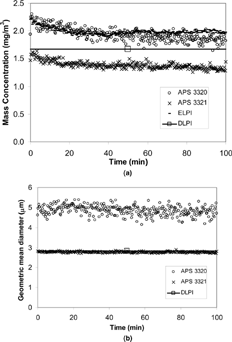
Table 1 Properties of the polydisperse aerosols used in the study according to the gravimetrical analysis with the DLPI. Uncertainties are estimated standard deviations from variations between experiments. GMD and σg estimated with the inversion procedure
Figure 6 Mass size distributions from experiments with a single fine mode, given as mean results of three experiments. ELPI data points have been calculated with the ELPI software. Results of the ELPI and DLPI inversion procedures are given as lognormal fits.
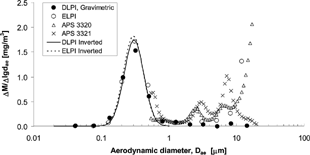
Table 2 Aerosol properties derived from each experiment in trials with a single fine mode. GMD and σg for DLPI and ELPI estimated with the inversion procedure
Figure 7 Mass size distributions from experiments with a single coarse mode, given as mean results of three experiments. ELPI data points have been calculated with the ELPI software. Results of the ELPI and DLPI inversion procedures are given as lognormal fits.
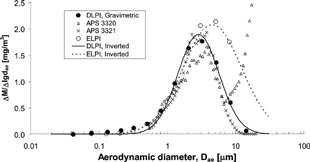
Table 3 Aerosol properties derived from each experiment in trials with a single coarse mode. GMD and σg for DLPI and ELPI estimated with the inversion procedure
Figure 8 Mass size distributions from the bimodal experiments, given as mean results of two experiments. ELPI data points have been calculated with the ELPI software. Results of the ELPI (only fine mode fitted) and DLPI inversion procedures are given as lognormal fits.

Table 4 Aerosol properties derived from each experiment in trials with bimodal size distribution. GMD and σg for DLPI and ELPI estimated with the inversion procedure
Figure 9 Mass concentration ratios of ELPI to DLPI in experiments with a single coarse mode and bimodal size distribution. Uncertainties given as estimated standard deviations. Estimated mass ratios from CitationDekati (2002) are included for comparison.
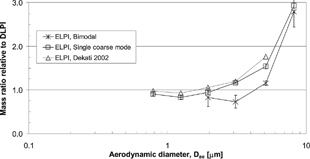
Figure 10 Mass concentration ratios of APS to DLPI in experiments with a single coarse mode and bimodal size distribution. Uncertainties given as estimated standard deviations. Mass ratios reported by CitationPeters and Leith (2003) included for comparison.
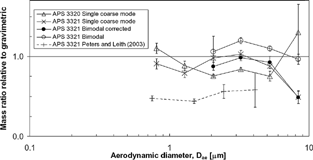
Figure 11 Raw-data from single fine mode APS 3321 experiments, normalized to the mean time-of-flight.
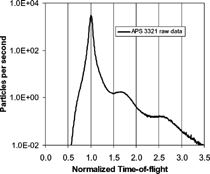
Figure 12 A possible mechanism to produce coincidence counts in the APS 3320/21. The two particles arrive with a time-lag of half the time of flight of the single particles. The distance between the peaks of the combined signal is ∼ 1.35 the time-of-flight of the single particles.
